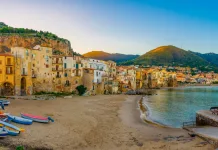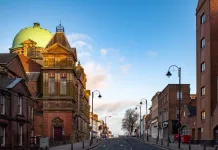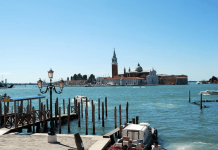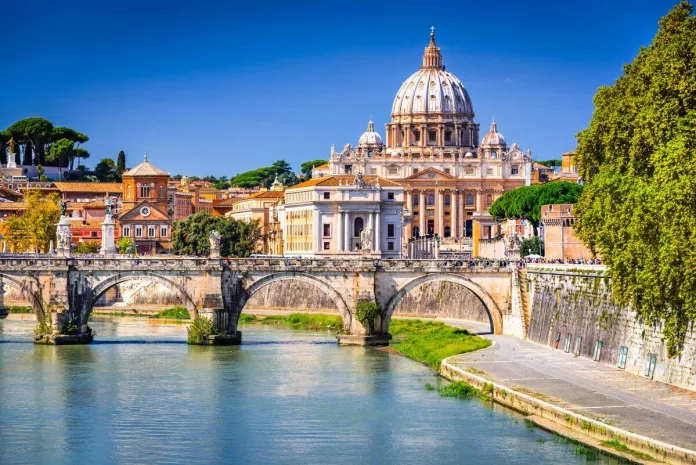
First Published: 28th July 2023, written by Chloé Safilo | Last Updated on 28th July 2023 | Reviewed and Edited by Chloe Safilo
If you’re planning a trip to Rome, the Vatican City is undoubtedly high on your must-visit list. This unique sovereign state, nestled within the heart of Italy’s capital, is a cultural and religious treasure trove and UNESCO World Heritage Site and attracts millions of tourists and pilgrims each year… However, with such popularity comes inevitable crowds and long queues.
But fear not! In this comprehensive guide, we will equip you with six genius tips to ensure you beat the lines and make the most of your time at the Vatican.
Book Your Tickets Online
Waiting in line for hours to purchase tickets is not the best way to start your Vatican adventure. Thankfully, technology comes to the rescue! Booking your tickets online from vatican-tickets.tours or another trusted provider ensures that you will enter the Vatican complex with ease. is a time-saving strategy that allows you to secure a specific entry time. The official Vatican Museums website offers online ticketing options, granting you fast-track access to the wonders that await you.
By reserving your tickets in advance, you gain a significant advantage over those who haven’t planned. Picture this: strolling past the lengthy queues with a pre-booked ticket, while others cast envious glances your way. With a few clicks from the comfort of your home, you can secure your place in the front row of this captivating performance of art, history, and spirituality.
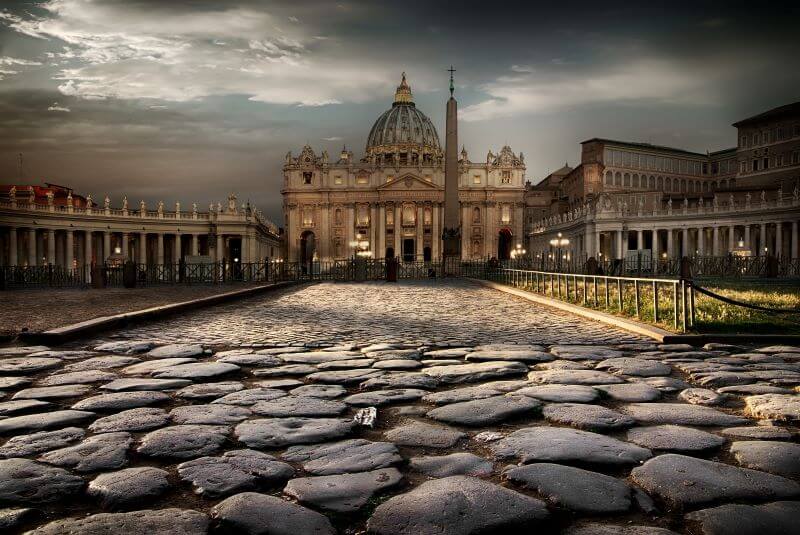
Opt for Early Morning or Late Afternoon Visits
Timing is crucial when it comes to experiencing the Vatican in all its glory. If you wish to escape the masses and enjoy a more intimate setting, setting your alarm clock for an early morning visit is well worth it to beat the queue. Arriving right at the Vatican’s opening time, 9:00 AM, allows you to step into a world of art and spirituality that belongs solely to you and a select few. The serene ambiance sets the stage for a truly immersive experience.
However, if early mornings aren’t your forte, consider a late afternoon visit. As the sun begins to set, many tourists start making their way back, seeking rest and sustenance for their evening adventures. Taking advantage of this lull in visitors allows you to explore the Vatican’s treasures at your own pace, without the distractions of bustling crowds.
Join a Guided Tour
Navigating the vast expanse of the Vatican can be an overwhelming task, especially if you are unfamiliar with its history and art. But fret not, for there is a brilliant solution: join a guided tour! Enlisting the expertise of knowledgeable guides ensures you won’t miss any of the Vatican’s must-see masterpieces, and you’ll gain valuable insights that elevate your visit to another level.
Imagine being led through the awe-inspiring Vatican Museums by a passionate art historian, revealing the hidden symbolism behind the artwork and unravelling the stories of the artists who brought them to life. Envision yourself standing before Michelangelo’s stunning frescoes in the Sistine Chapel, fully appreciating the masterpiece’s significance thanks to the captivating narration of your guide.
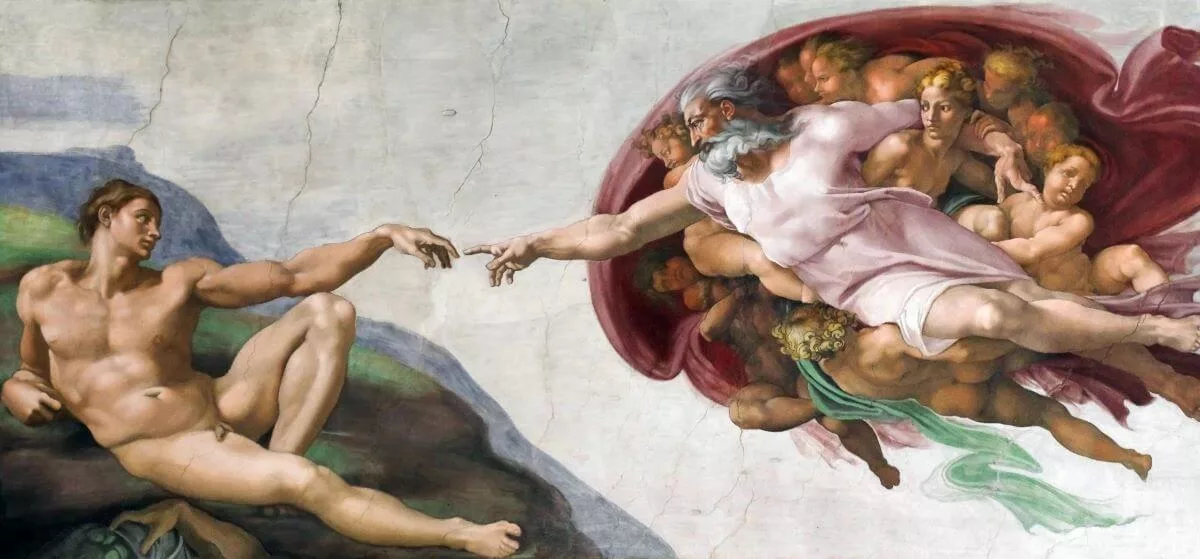
Visit on a Weekday
Ah, the weekend—the time when many people embark on their adventures and flock to popular tourist destinations. If you seek a quieter and more contemplative experience at the Vatican, it’s wise to schedule your visit on a weekday, ideally from Tuesday to Thursday.
This strategic choice grants you the luxury of exploring the Vatican’s grandeur with fewer tourists jostling for a glimpse of Raphael’s School of Athens or Bernini’s breath-taking Baldacchino in St. Peter’s Basilica.
Weekday visits also allow you to absorb the spiritual essence of this sacred place without feeling rushed. As you wander through the Vatican’s halls, you’ll find moments of tranquillity to reflect on the rich history and the artistic marvels that surround you.
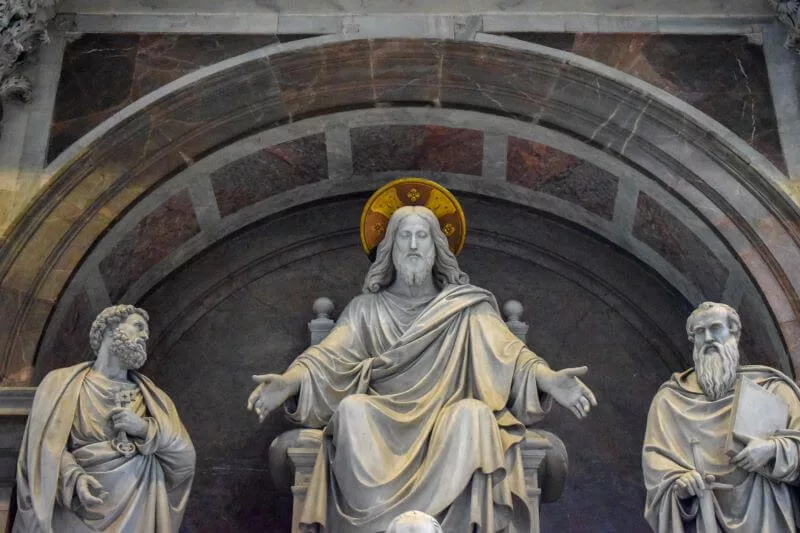
Take Advantage of the Vatican Gardens Tour
While the Vatican Museum and St. Peter’s Basilica are undeniably the stars of the show, there is a hidden gem within Vatican City that offers a respite from the bustling crowds; the Vatican Gardens. Booking a tour of these picturesque gardens allows you to access areas not available to regular ticket holders, granting you an exclusive glimpse into the peaceful oasis that lies beyond the main attractions.
The tour is an opportunity to connect with nature amidst the architectural wonders. You’ll stroll through manicured landscapes, marvel at fountains adorned with cherubs, and encounter lush greenery that has been nurtured for centuries. As you immerse yourself in the beauty of the gardens, you’ll find a serene escape from the otherwise bustling Vatican City.
Dress Smartly and Respectfully
One of the most crucial aspects of visiting the Vatican is adhering to the dress code. To show respect for this sacred site and its religious significance, visitors are expected to dress modestly. As you prepare for your Vatican excursion, keep in mind that your shoulders and knees should be covered. Tank tops, short skirts, and shorts are not permitted within the Vatican grounds.
By dressing appropriately, you demonstrate your understanding of the cultural norms and customs upheld within Vatican City. This respect is not only appreciated by the locals (who know a thing or two about fashion themselves) but also contributes to the serene and reverential atmosphere that permeates this revered place of worship and art.
In conclusion, the Vatican is a treasure trove of art, history, and spirituality that beckons travellers from all corners of the globe. With these six genius tips in your arsenal, you can confidently navigate the Vatican’s marvels and immerse yourself fully in the grandeur of this unique destination.
So, go forth and book your tickets online, choose the optimal time for your visit, consider a guided tour, opt for a weekday adventure, explore the Vatican Gardens, and dress with reverence. Your extraordinary Vatican journey awaits! Bon voyage!
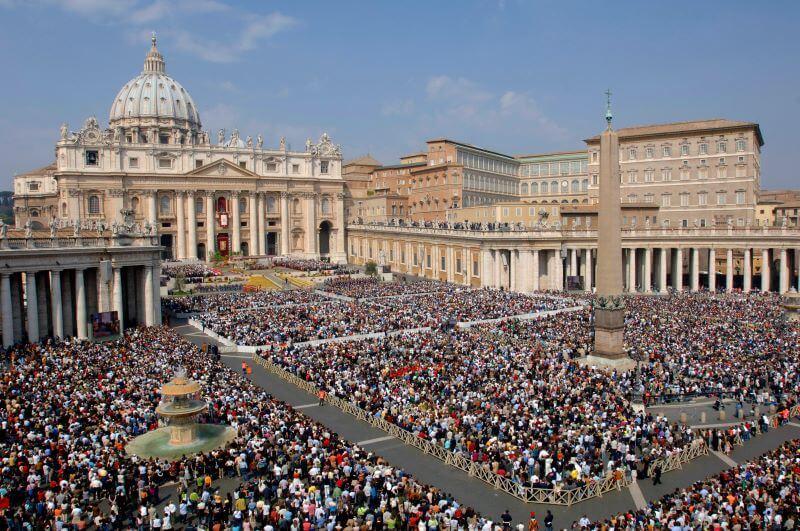
Brief history of the Vatican City
The Vatican City State is an independent city-state enclaved within Rome, Italy. It is the smallest internationally recognized independent state in the world, both in terms of area and population.
The Città del Vaticano origins can be traced back to the 1st century AD when the area was the site of a cemetery, known as the Vatican Hill, outside the walls of ancient Rome. It is believed that Saint Peter, one of the twelve apostles of Jesus, was buried here, making it a significant pilgrimage site.
In the 4th century, under Emperor Constantine, Christianity became the official religion of the Roman Empire. In the early 4th century, Constantine ordered the construction of the original St. Peter’s Basilica on the Vatican Hill. It served as the primary church for the Pope and became a symbol of the growing power and wealth of the Catholic Church.
With the fall of the Western Roman Empire in the 5th century, the Papal States emerged as a temporal power, with the Pope serving as both the spiritual and political leader. The Papal States included various territories in central Italy, including the Vatican City.
The Renaissance brought significant changes to the Vatican. Popes such as Nicholas V and Julius II commissioned renowned artists and architects to renovate and expand the Vatican complex. Pope Julius II initiated the construction of the current St. Peter’s Basilica, which was completed in the 17th century.
Following the unification of Italy in the 19th century, the Papal States were gradually annexed, leaving only the Vatican and surrounding areas under papal control. In 1929, the Lateran Treaty was signed between the Holy See and Italy, establishing Vatican City as an independent city-state and ensured the sovereignty and autonomy of the Vatican.
World War II and Modern Era: During World War II, the Vatican remained neutral and served as a refuge for many persecuted individuals, including Jews. In 1984, Pope John Paul II and President Ronald Reagan re-established diplomatic relations between the Vatican and the United States, signalling a more active role for the Vatican in international affairs.
Today, the Vatican City remains the spiritual and administrative headquarters of the Roman Catholic Church, with the Pope serving as its leader.



















